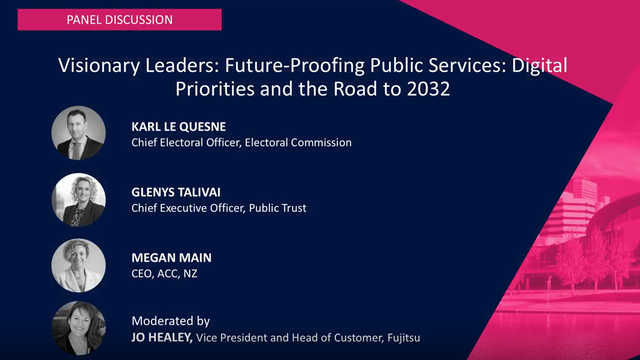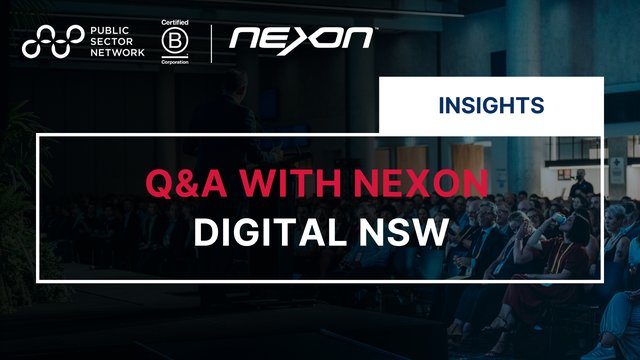
Engaging Patients in the Development of a New Strategy
The pandemic caused some chaos and turmoil in almost every industry and across every workplace. At the North York General Hospital in Toronto, since COVID-19 was primarily a health crisis, they used the disruption and changes to their work schedules to re-write their digital health strategy. Duska Kennedy, the Chief Digital Officer at the hospital, says it is now a five year strategy and what made it unique – apart from the timing of when it was created – was that we did very broad engagement. This included not only partners and staff, but also patients and family advisors. Together, they helped us refine our strategic content and prioritize our patient facing roadmap. The patients and their family members helped the strategy become more inclusive, and ultimately all patients want their care to be more customized, more accessible, more convenient. The vision of the strategy is therefore to create a connected, people centered community health system.
Part of that more customized and more connected approach is about knowing the patient better, and understanding their needs. For instance, why does my vet know when my dog is overdue for a vaccination, but my doctor doesn’t know when I’m overdue for a mammogram? During the height of the pandemic, an Accenture survey in mid-2020[1] found that 60% of patients want an increased use of technology for communications with their healthcare providers and for managing their conditions, whilst 41% used video conferencing to communicate with their healthcare providers. This shows that largely because of circumstance, we have made tremendous progress, but when it comes to digital patient engagement, how can we do it even more optimally?
A Module for Patient Engagement
To optimize the way health institutions operate, an organization in the UK in conjunction with the University of Plymouth, has developed the EnACT module[2] for patient and public engagement. It unsurprisingly comes across as motherhood statements, but in truth, the principles underlined by the EnACT module are really important, and at North York General Hospital, they have tried to really focus our key principles on this framework, but in our own way. For instance:
- Engage – For us, this is about having mutual trust and respect when working with patients and family advisors by getting to know them, understanding why are they involved and what motivated them to contribute.
- Acknowledge, value and support – With great diversity around the various tools, this is about making sure our tools are designed for all different types of patients, and that they're accessible and convenient. This also means thinking about accessibility when apply for funding.
- Communicate – This is about communicating proactively, developing a feedback loop and letting patients know what we can do and what we can’t, and why.
- Trust and transparency – In our hospital, to ensure this, we have a digital patient experience group that sets very clear parameters around tech capacity and resource constraints.
Applying the Module – Practical Examples
At North York General Hospital, this module has already inspired a number of programs, apps and other practical applications, designed to enhance the patient experience. For example, they have created a new app called MyJourney, which is a patient portal for cancer patients. Although all cancers are different, all cancer patients have a care journey, which is often hard to navigate. For a little while now they have been looking at each stage of the care journey, from diagnosis to treatment to survivorship, and looking at the needs of patients. Though not all elements could be met with digital tools, some needs – both informational and other – surely could. So they partnered with the Canadian Cancer Society to create the content of the app. However, in the spirit of being agile, we know this product will evolve. They launched it to a small group, collected feedback, are now sending out further surveys and also created a customer / patient support line. We're very excited to see how it rolls out in the coming months and years.
Another equally exciting app is the Digital Patient Identity Project, which provides access to our online health services to our patients in a secure manner. It is a very important part of our broader digital front door strategy. In general, the onus is on the patient to come through the door, or even to knock on the door. But they generally only do that if something isn’t working or if something is broken. However, there are some people who need the services of a hospital but don’t or can’t access them. So this is a portal for engaging with our digital services in a more proactive manner. Patients or customers are often reluctant to engage with such an app, but once they see the benefit of it, then they are hooked. So we really worked on our brand recognition and did a lot of co-design and user testing. The app also has a section for caregivers, because a hospital is not just about the patients and they need to be able to interact with the tools as well.
Moving Forward
Applying the module and creating the various apps has been a valuable learning experience for the hospital. They have learned three main lessons, which have also inspired the next part of their journey. The three lessons have been:
- Understand and address your patients’ core needs – We need to focus on our patient needs first. This seems obvious, but is often neglected. We need to put ourselves in the shoes of our patients and their families, and start thinking about what keeps them up at night. What can we do better for our patients? Even one or two little things can have the most profound impact.
- Learn through a test-and-adapt process – Being agile is not always so easy in a healthcare environment, but we launched MyJourney with a very controlled group of patients initially, and then started to grow it and build upon it. We need to launch more things like that.
- It’s not always about the technology – Smart and other technology is of course important, but we really need to try to focus more on what is at the forefront.
From these lessons comes a new pathway forward, which like everything else, is designed to support our patients and their families:
- Enhance – The hospital already has a place where staff can enhance their digital literacy and education, but now might be the time to have something like that, or even a virtual version, for our patients and caregivers – a place where they can go to build up their capacity or skill sets, or where they can engage with a coach or a patient partner.
- Refresh – An initial journey map has been created, but it is not static and needs to constantly be refreshed and evolve over time.
- Expand – For all of these programs and processes to be sustainable, they need good and constant data for patient outcomes, and appropriate experience monitoring and evaluation.
Featured speaker:
- Duska Kennedy, Chief Digital Officer, North York General Hospital (Toronto)

































